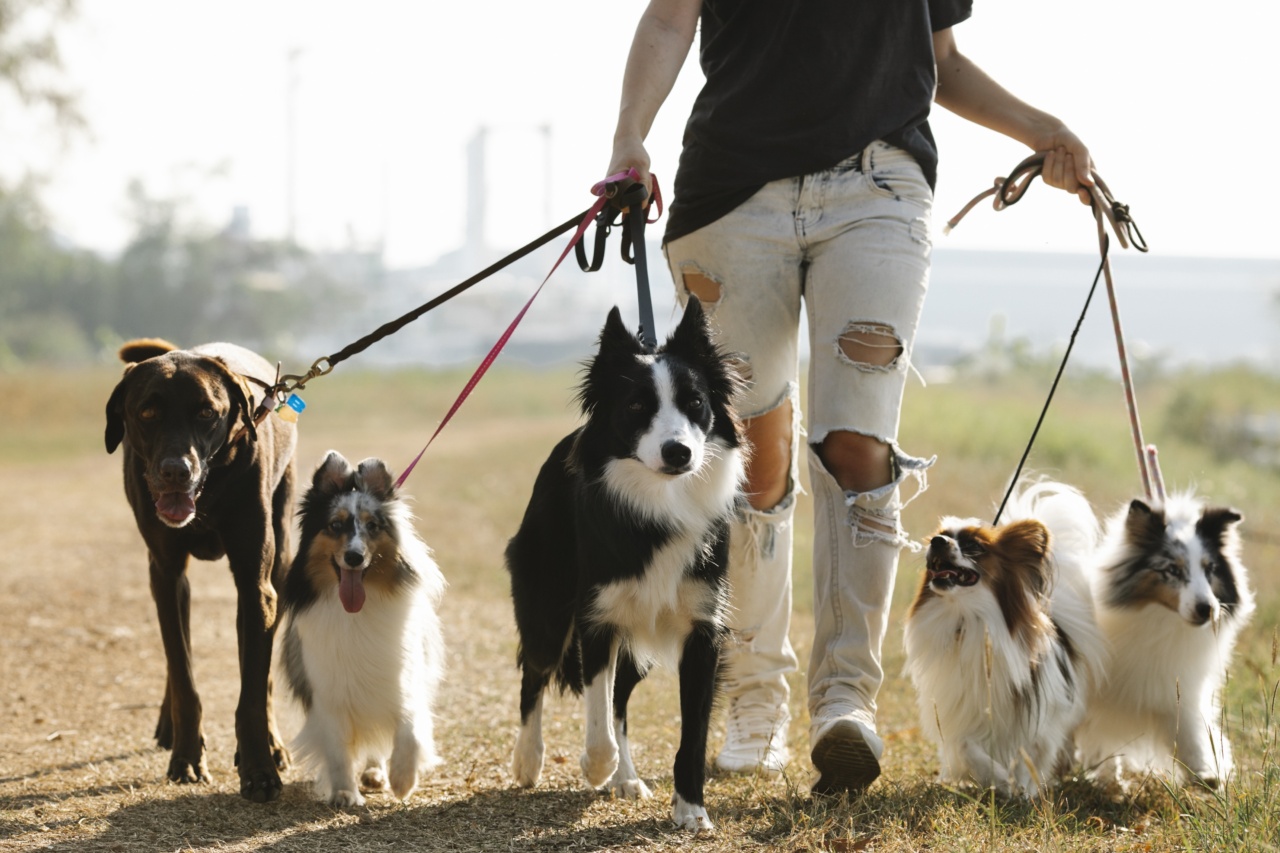As dog lovers, we often try to decipher our furry friend’s actions, expressions, and if there’s one thing that owners find quite intriguing, it’s the way a dog uses his belly to communicate.
While there’s no straightforward answer to understand every movement that originates from a dog’s stomach, there are quite a few things that we can learn from these gestures. Here’s a look at what your dog’s belly reveals and how to decode his language.
What Does a Dog’s Belly Reveal About His Mood?
A dog’s belly can indicate a lot about its mood, health, comfort, and even its breed. Here’s a look at what various belly-related behaviors in dogs mean, and how you can recognize them;.
Happiness
If your dog shows his belly and exposes it while stretching and wagging his tail, it means he is content and happy. Your dog may also hold his tail in a relaxed, neutral position and lick his lips or pant.
It’s his way of inviting his human to become a part of his life, celebrate together, and let him engage in some playtime together.
Submissiveness
If your furry pal lays on his back, exposing his midsection as soon as he sees you, it showcases his submissive behavior. In this position, he’s putting himself in a vulnerable position and expects that you will be nurturing and caring.
It means your dog trusts you and sees you as a loving caregiver.
Anxiety/Fear
While exposing the belly can be a sign of affection and playfulness, it can also represent anxiety or fear.
Dogs that experience anxiety or feel scared typically hide or crouch down, curl up the tail, and exhibit a submissive stance like lying on their backs with their bellies up with legs in the air. They do it defensively, preparing for a fight-or-flight response.
Illness
If you see your four-legged companion lying on its belly with his legs stretched and groaning in pain, it can indicate that he’s unwell. In this position, he’s trying to release the discomfort or pain in his abdomen.
Such behavior is common in dogs that have digestive issues, bloating, or other gastrointestinal disorders.
Breeds, Genetics and Belly Scratching
Breeds can play a significant role in the way a dog uses his belly to communicate. For instance, breeds like the Basset Hound, Cocker Spaniel lie on their bellies and use them to rest. Poodles, Maltese, and Shih Tzus scratch their tummies for comfort.
Labradors, Dalmatians, and Boxers have a higher area of a soft underbelly that offers great enjoy during belly rubs or scratches than other dogs.
The Importance of Belly Rubs and Scratches
Now that we’ve looked at what a dog’s belly reveals, let’s take a closer look at how important belly rubs and scratches are for your pet.
Belly scratches and rubs are essential for dogs, and they serve a lot of purposes. In addition to giving dogs an enjoyable sensation and time to relax, belly rubs can be therapeutic and a way to build trust.
It’s also a way to groom your companion, as belly rubs and scratches help clean the fur by distributing natural oils to the skin, which keeps the coat looking shiny and glossy.
Regular belly rubs also allow you to check lumps, ticks, or any skin infections, or mites lurking on his belly.
Conclusion
So, what does a dog’s belly reveal about him? A lot! From happiness, submissiveness, anxiety, or even illness—studying your dog’s belly can be helpful in understanding your canine companion’s behavior and overall health.
Be sure to give your furry friend plenty of belly rubs and rest his demeanor to understand him better and build a stronger bond.






























